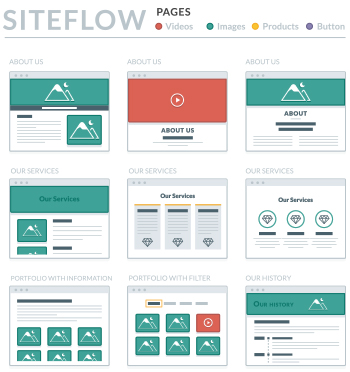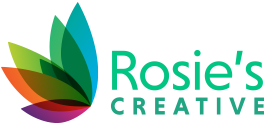
An Introduction to Wireframing
Focus on Web Design: Part 1

A professionally built website is a critical asset for any business or nonprofit looking to broaden their reach in today’s crowded marketplace. And no matter the size or complexity of your website build, taking a project from concept to launch can be a time and labor-intensive process requiring commitment and understanding from designer and client alike.
One step of this process that’s among the most important also happens to be one of the most commonly misunderstood. So, let’s demystify things a bit, by taking a minute to talk about wireframing.
We’ll start with the basics – just what is wireframing, and what should you expect at this stage of the process?
A wireframe is a rough, early sketch of a website’s layout, focused entirely on the site’s structural elements – headers and footers, navigation, the positioning of text and graphics, and so on. Wireframes are typically in black and white, and do not incorporate finished graphics, final typeface choices, or any other creative design elements; these will come later. At this stage of the process, the goal is to establish structure and ensure functionality.
So, why bother with wireframing? Why not skip ahead to a complete, full-color mockup that better represents your brand aesthetic and your vision for the finished website? Let’s take a quick look at a few of the benefits of wireframing…
Wireframing allows both designer and client to spot potential problems early.
A wireframe provides designers with their first real opportunity to visualize a website’s hierarchy and user interface, while giving the client a valuable first look at how their site will be laid out. Sometimes, ideas that sounded great on paper just don’t translate to the screen – and a wireframe is helpful in flagging these kinds of issues early in the design process.
Wireframing puts the focus on usability and scalability.
Because creative design elements aren’t included in a wireframe, it’s easier for designer and client to focus on how elements of hierarchy and structure will impact user experience – at launch, and down the road. For instance, is anything missing from the site’s header or footer? Is contact info easy to find? Is the site’s navigation structured to accommodate future growth?
Wireframing creates a more iterative design process.
Since a wireframe is typically the client’s first taste of how their site will look, it’s important not to overwhelm – if the designer were to combine hierarchy, layout, and creative design elements, it may be more difficult for the client to provide targeted and productive feedback. A more iterative process facilitates more useful feedback and helps the designer to better understand the client’s needs and priorities.
Wireframing saves time in the end.
It may seem counterintuitive, and this is one reason that clients are occasionally skeptical about wireframing – how can an extra step in the process save time? The fact is, while it can take some time upfront, wireframing can ultimately save hours of development time (and can save money, too) by spotlighting the need for changes to structure or functionality that would disrupt workflow later in the process.
Need a new website for your business or nonprofit? Rosie’s Creative can help. We know that no two web builds are alike – and our custom-tailored, results-driven approach is designed to boost your brand and speak to your audience. Ready to get started? Contact Rosie’s Creative today!
